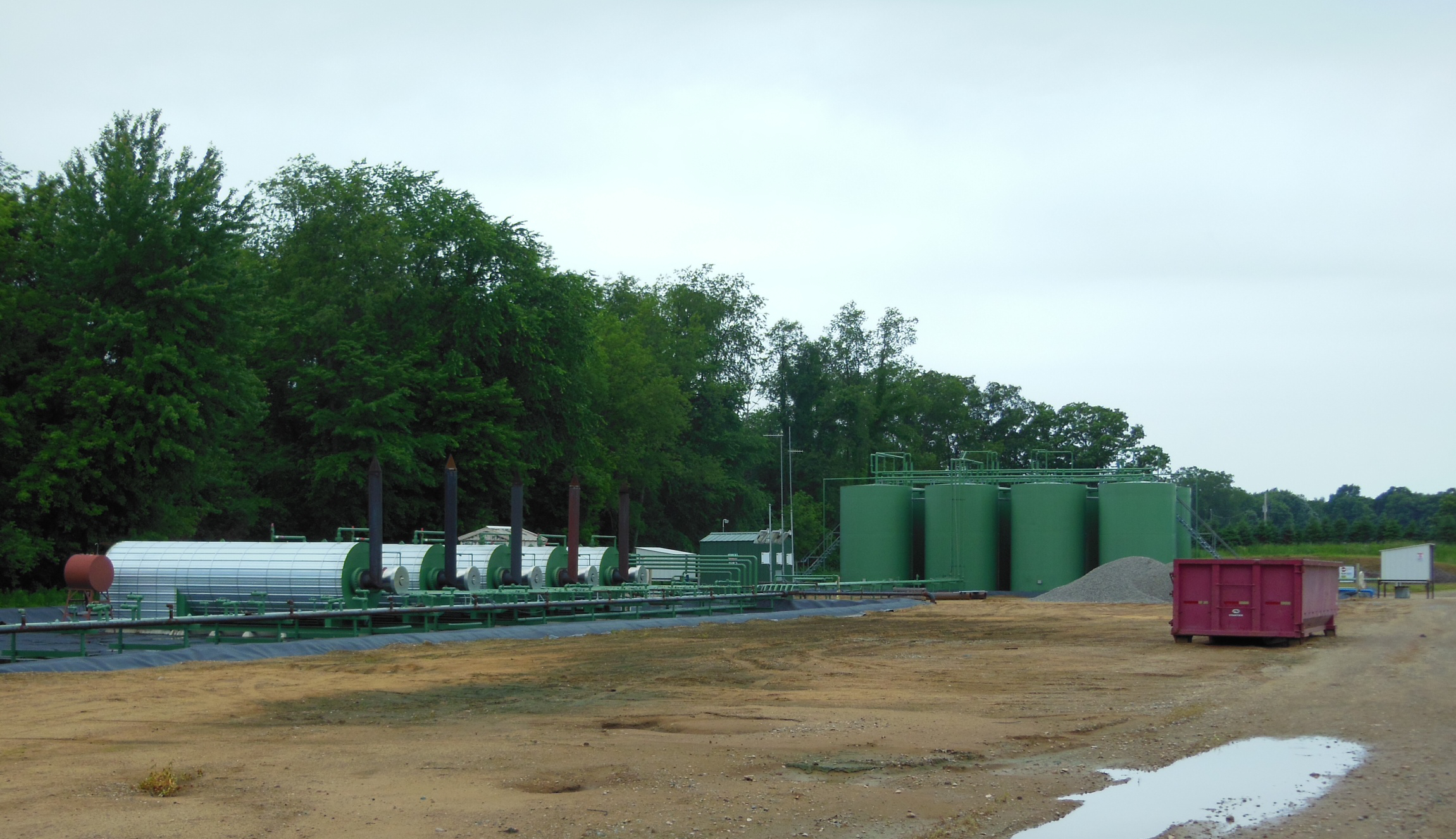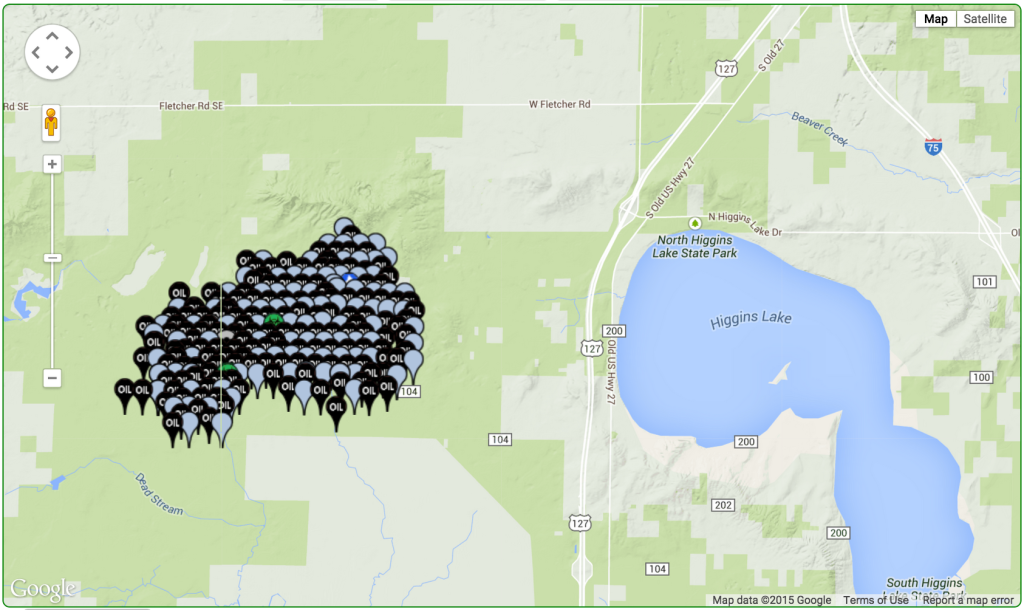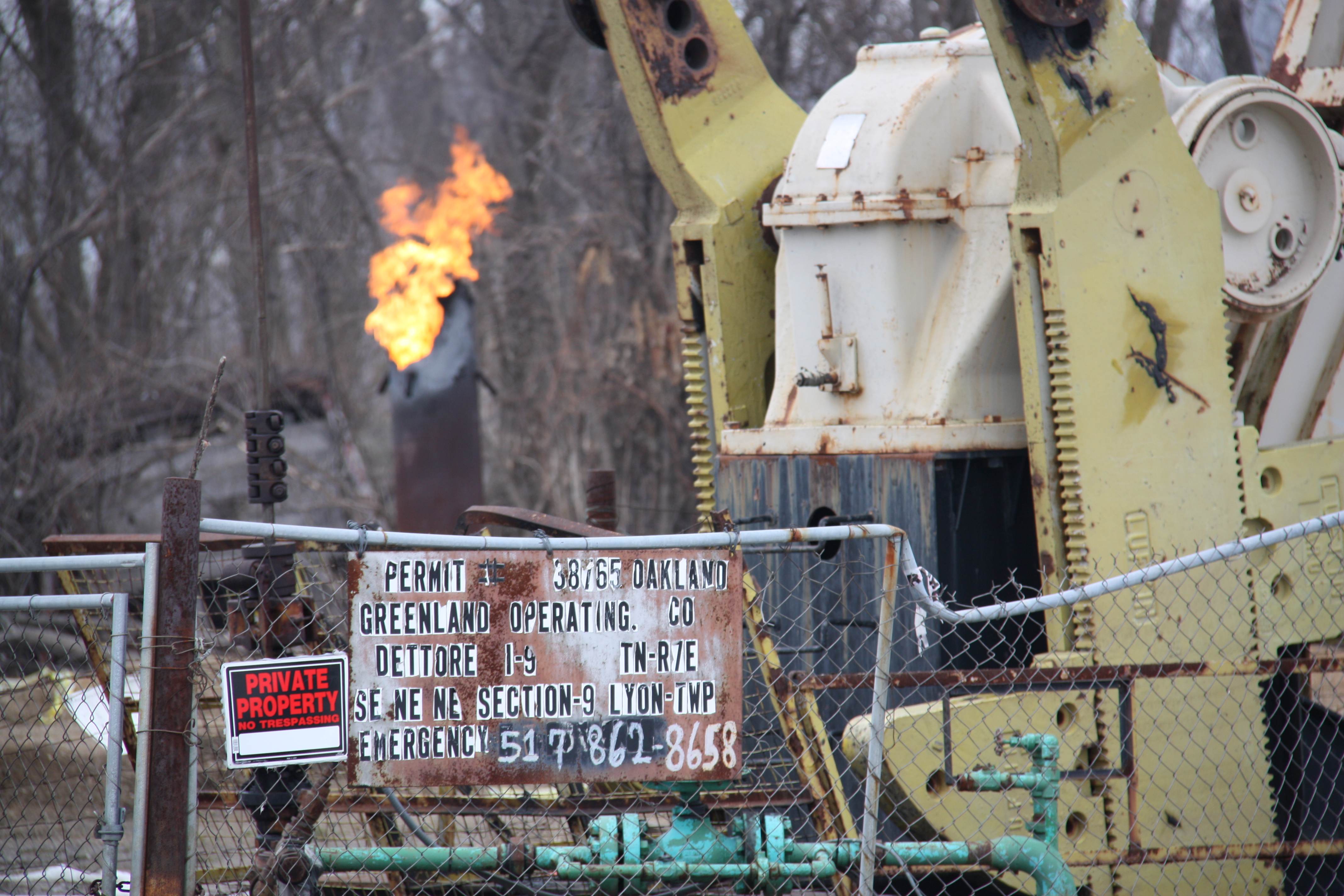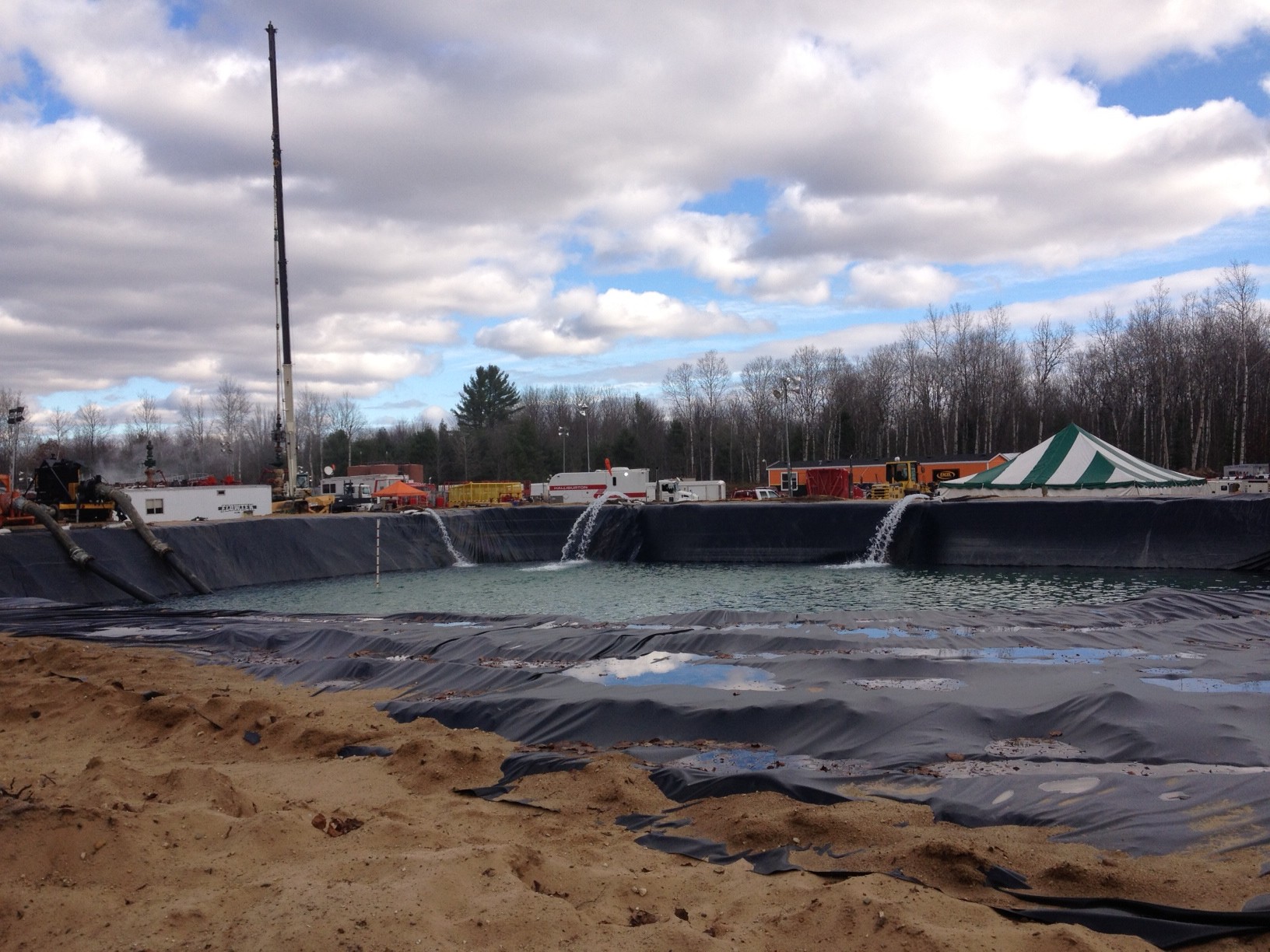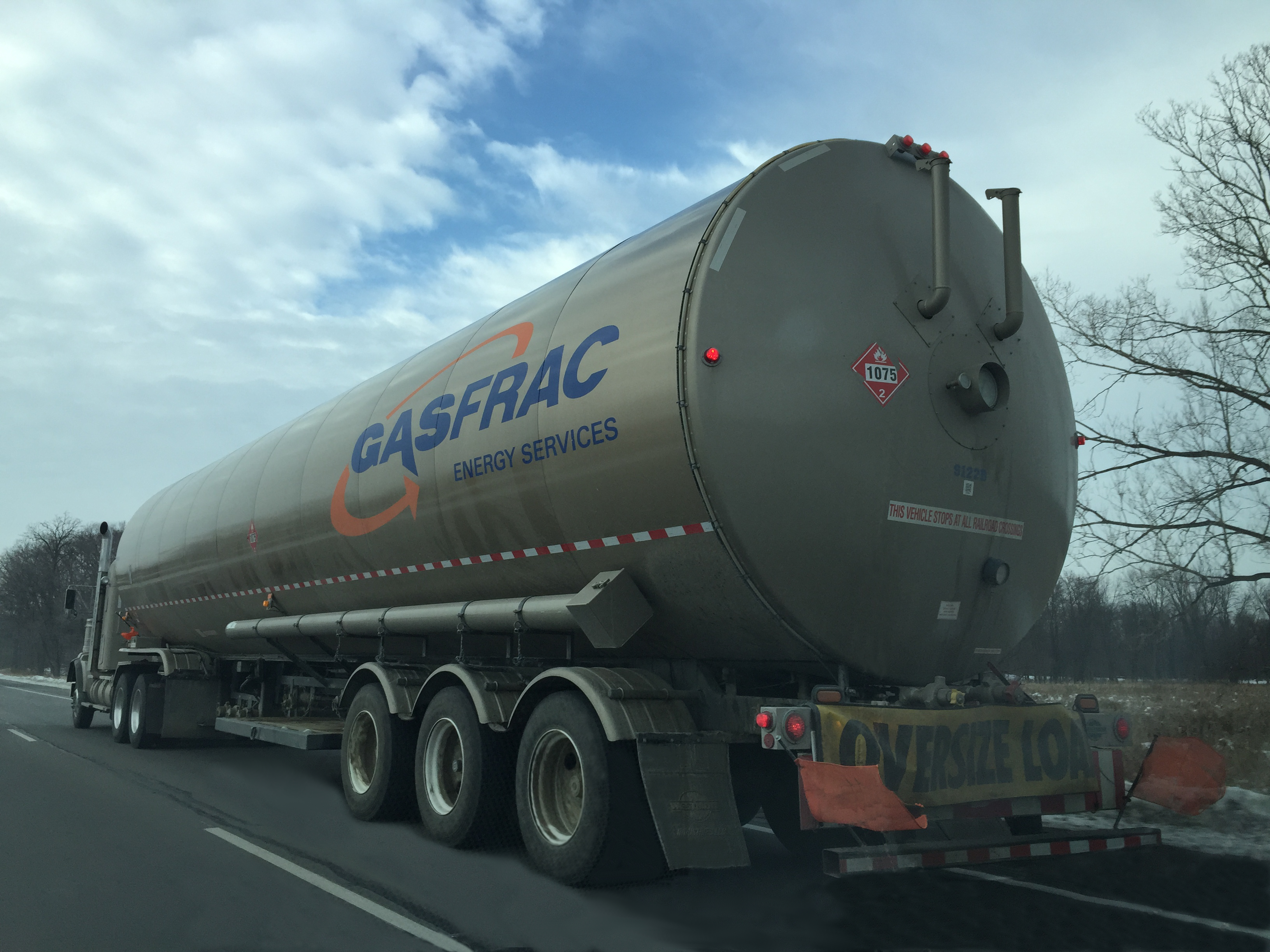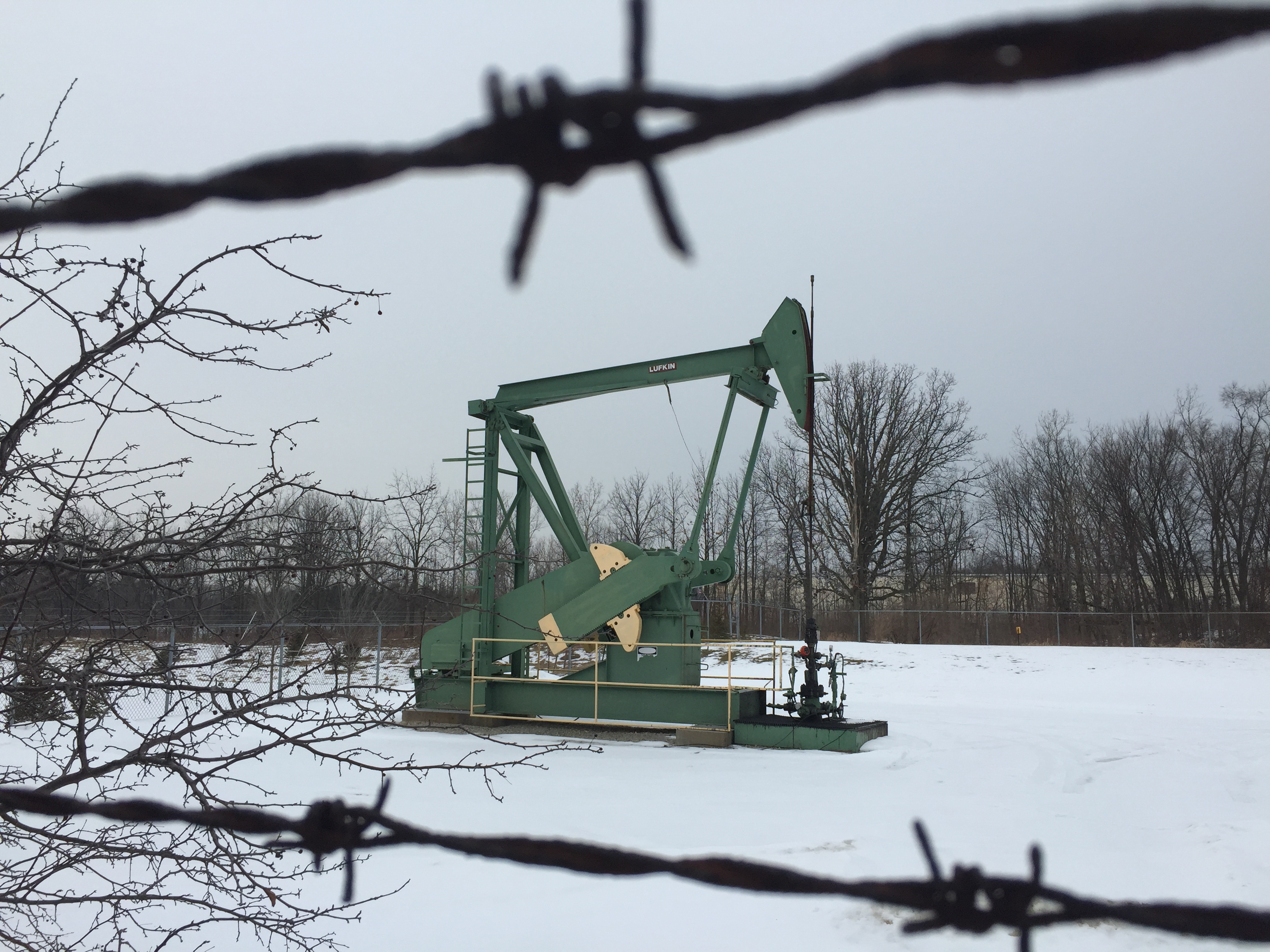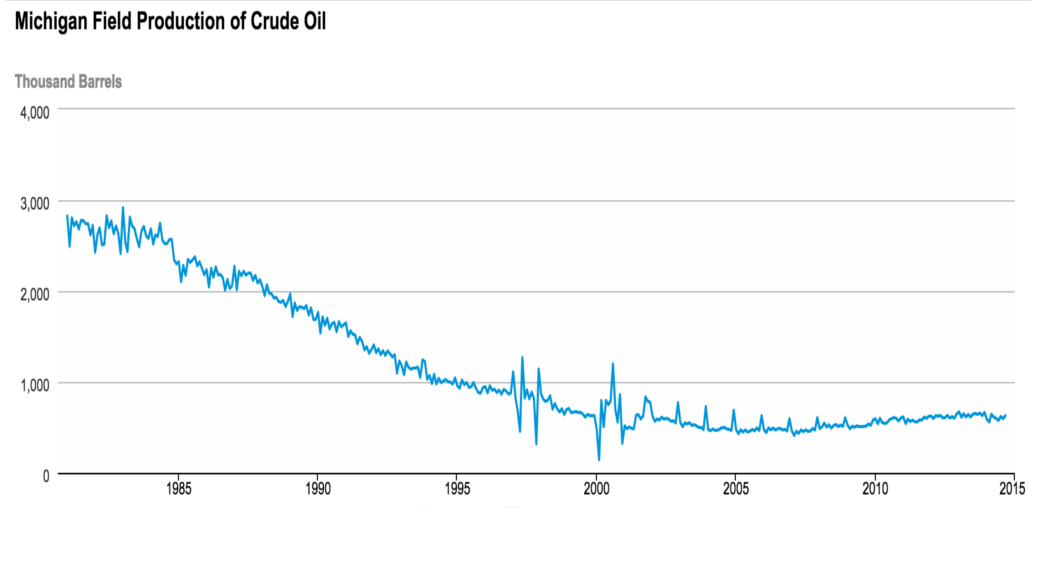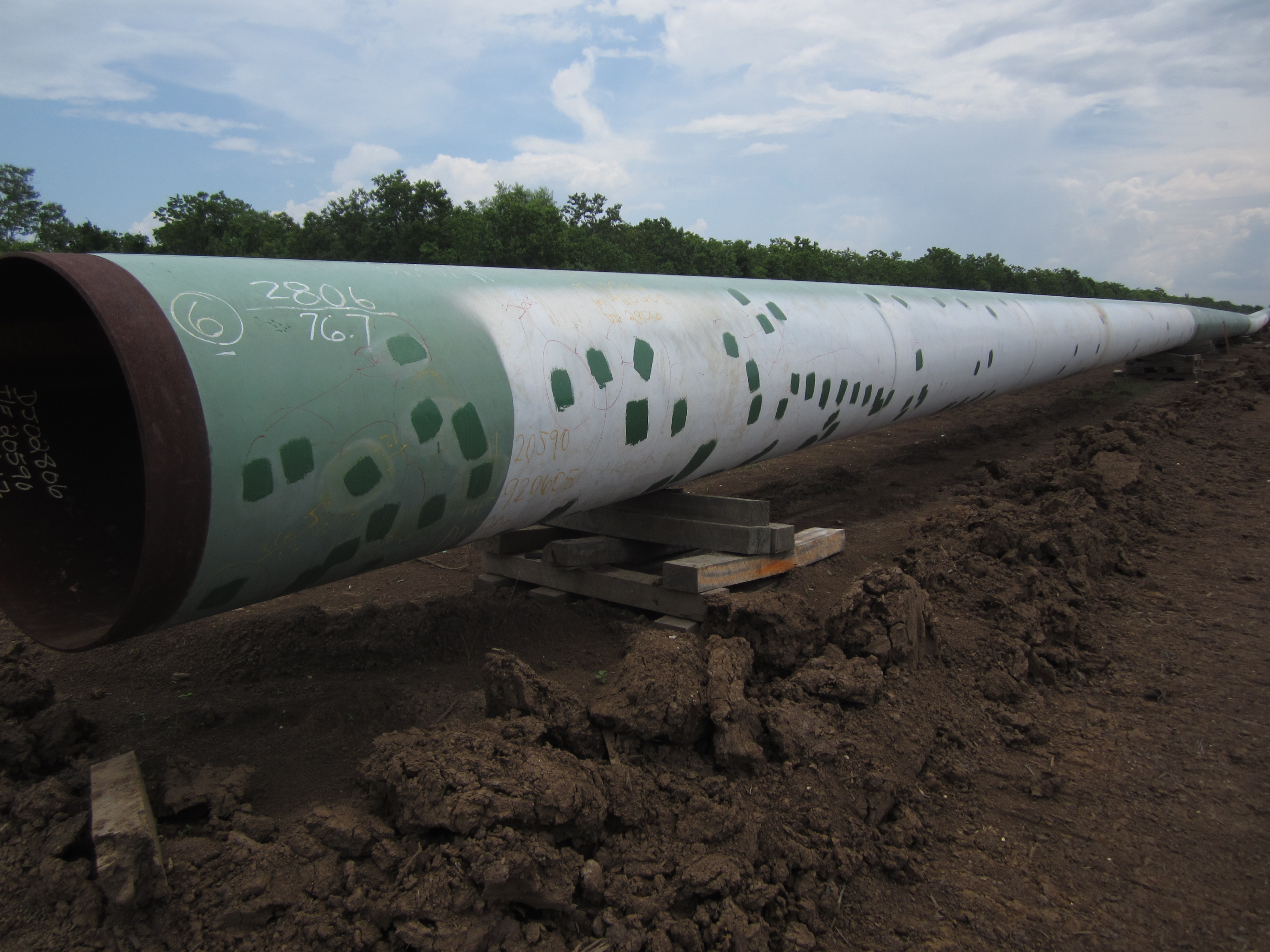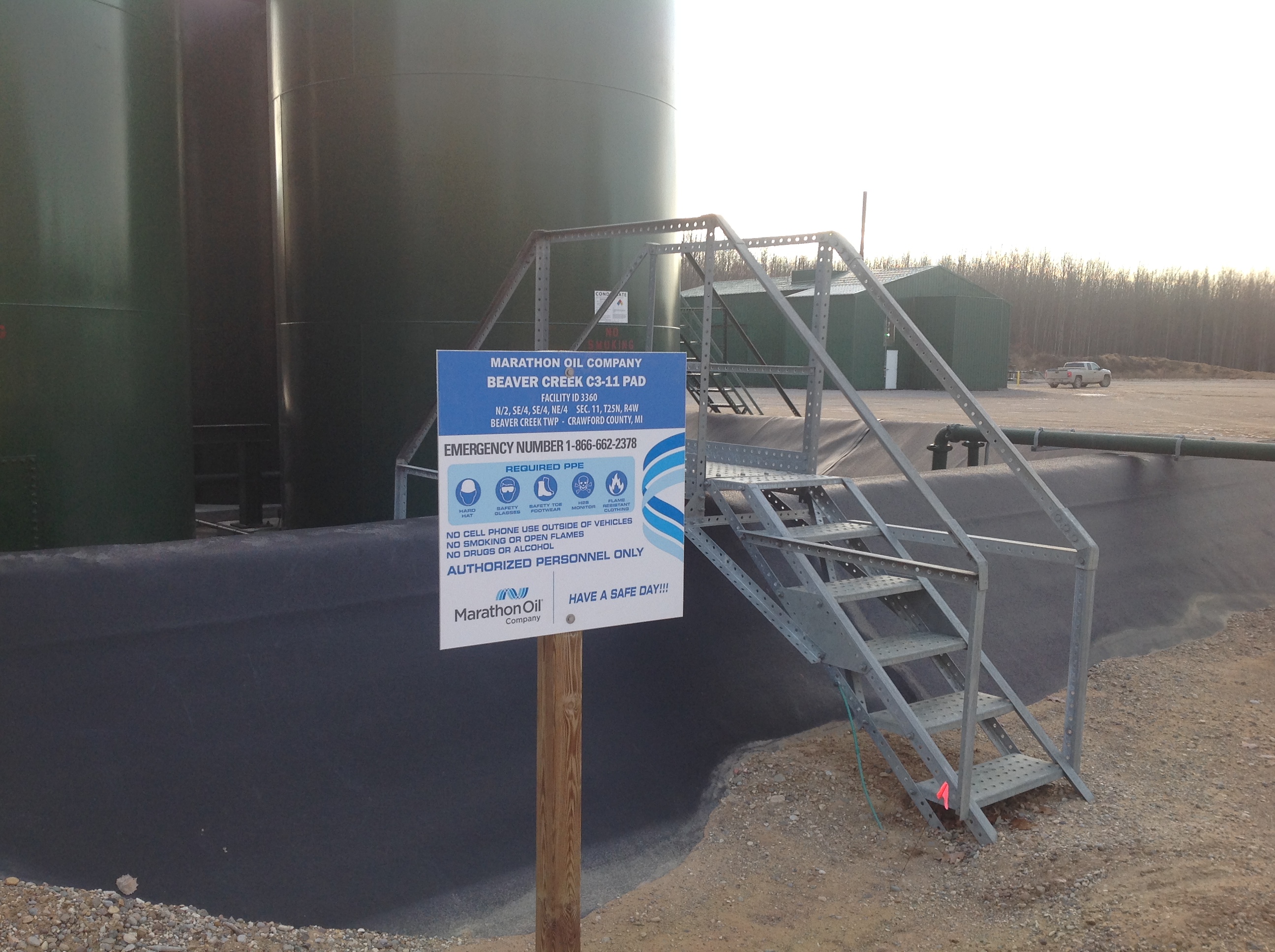Understanding Michigan hydrocarbon production data is important for anyone interested in understanding the economics of energy production. Join us as we continue our journey to compile oil & gas production information that helps everyone understand more about energy, economics, and the protection of our public natural resources. There’s a ton of information out there. But how should we break it down in a way that tells us what’s really going on? With everything happening across our communities, at the state level, at the federal level, and even internationally, where do you focus your effort? What really matters?
Well, one thing that matters to everybody is money. When you get all the fluff out of the way, you realize it’s been about money the whole time. Dolla dolla bills y’all. Money is a common denominator regardless currency, boundary, nationality, company, or even country. Furthermore, it doesn’t matter if you’re talking oil, natgas, coal, wind, or solar either; energy’s common denominator is cost per unit. Money is the great leveler. But understanding money can get complicated. It gets especially complicated to understand money when you consider the long term environmental impact costs of energy production. For example, you could have high initial investment costs that have much better long term returns with respect to environmental impacts vs low initial costs that have large long term negative consequences on the environment.

Just looking at the oil produced or gas produced won’t tell you the whole story about energy economics either. It will, however, teach us just a little bit more about the big picture; it’s like another brick in the wall. To understand the money as it relates to oil & gas, we need to understand fundamentals like Continue reading “2014 Top Oil, Gas, & NGL Producing Units in the Michigan Basin”




